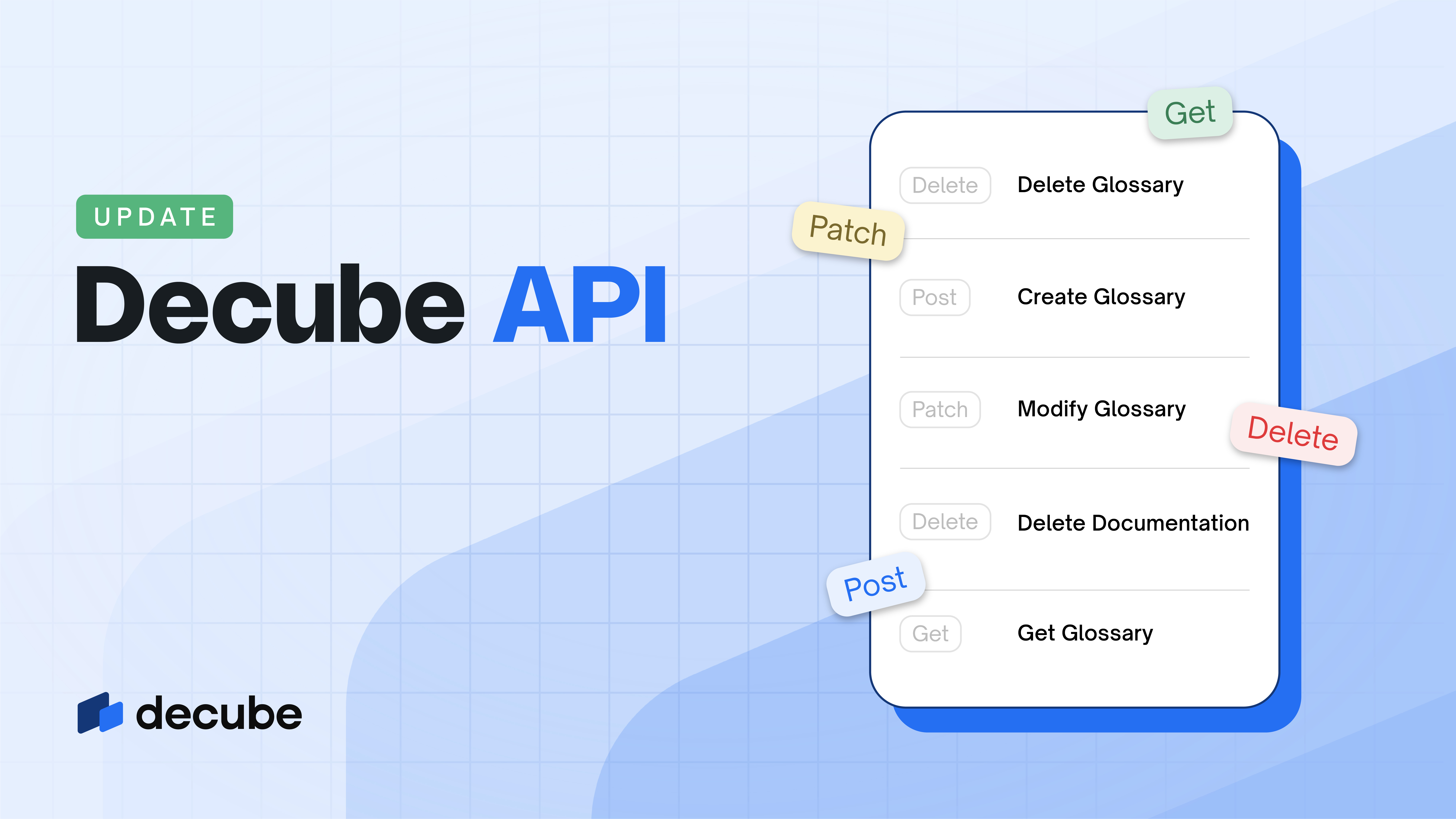Kindly fill up the following to try out our sandbox experience. We will get back to you at the earliest.
A Guide to Data Governance in Data Lakehouses
Explore the essentials of Data Governance for data lakehouses, ensuring data quality, security, and compliance in modern data management.

Did you know that nearly 70% of organizations struggle with unifying their data management practices? This often leads to poor data quality. In today's world, data lakehouses are key. They blend data lakes and warehouses, making data management more complex.
Data governance is all about having strong rules and standards for managing data. It's vital for making data-driven decisions. This section will dive into why data governance is crucial for data lakehouses.
Key Takeaways
- Understanding the importance of data governance is crucial for data lakehouse management.
- Data quality is interconnected with regulatory compliance and data security.
- Organizations can enhance decision-making through effective data management practices.
- A structured approach to data governance can streamline operations.
- Data lakehouses require a tailored governance framework due to their unique architecture.
Importance of Data Governance in Data Lakehouses
Data governance is key to managing data lakehouses well. It ensures data quality, follows rules, and keeps data safe. A strong governance plan sets clear rules for handling data, making insights reliable and trustworthy.
Ensuring Data Quality
Good data quality is crucial for making smart decisions. It means the data is accurate, consistent, and complete. Bad data can mess up analytics, hurting important projects.
Using data quality checks and validation keeps data reliable from start to finish.
Regulatory Compliance
Laws like GDPR and HIPAA make data governance more complex. Following these laws needs a detailed data governance plan. This plan tracks how data is used and stored, keeping records.
It also protects against legal trouble and builds trust with stakeholders.
Data Security
Data security is a top concern for handling sensitive info. Data governance is responsible for keeping data safe from unauthorized access. Strong access controls and security steps make sure only the right people see important data.
Key Components of Data Governance in Data Lakehouses
For organizations to manage their data well in data lakehouses, several key parts are needed. Each part is crucial for making sure data is correct, well-managed, and safe from start to finish.
Data Cataloging
Data cataloging means listing all the data an organization has. It puts all data in one place, making it easier to find and use. This makes work flow better and helps in making quick, smart decisions.
Metadata Management
Managing metadata is key to clear and correct data understanding. It includes keeping track of data details, where it comes from, and its format. Good metadata management means everyone can understand and use the data right, cutting down on confusion.
Data Lineage
Knowing where data comes from and where it goes is called data lineage. It's important for following rules, checking up on things, and keeping data true. Seeing where data moves helps fix problems faster.
Access Controls
Access controls are vital for data governance. They decide who can see certain data at different times. Strong controls keep data safe and follow privacy laws, which is key.
Data Quality Management
Managing data quality means checking and improving its accuracy and freshness. Doing this often makes sure data is reliable. This leads to better analytics and smarter choices.
Best Practices for Data Governance in Data Lakehouses
Effective data governance in data lakehouses means following certain best practices. To manage data well, set clear policies, use automation, and do regular audits.
Establish Clear Policies
Clear policies are key to good data governance. Companies need to make detailed rules that outline who does what with the data. These rules should cover how data is used, who can access it, and follow all laws. This makes sure everyone knows their role and keeps data safe and trustworthy.
Implement Automation
Automation is crucial for making data governance easier. With the right tools, companies can automatically sort data, check it, and report on it. This makes things faster and helps fix data problems quickly. Automation keeps data management consistent and follows the best practices for data governance.
Regular Audits and Monitoring
Regular audits are key to keeping data governance strong. They check if companies follow their rules and spot any weak spots. Keeping an eye on data helps catch problems early. This keeps the governance system strong and builds a culture of looking after data well.
Case Studies and Examples
Looking at real-world examples of data governance in data lakehouses shows us what works well. Many organizations have set up data governance frameworks. These have helped them tackle unique challenges and boost their data management.
A financial institution faced big challenges with its data due to regulations. It set up a strong data governance framework. This led to better data quality and following industry rules. They used metadata management and regular checks to focus on data lineage and access controls.
In healthcare, a big provider needed to share data better across departments. With a strong data governance plan, it brought data together. This shows how data governance can help meet company goals.
A retail giant had inconsistent data across different regions. It used a centralized data catalog and automated data checks. This made operations more efficient and helped with making decisions. It shows how data governance can improve outcomes in varied settings.
These case studies show how data governance can be flexible and effective across sectors. They offer practical examples that can motivate others to start similar projects.
Conclusion
In today's world, having strong data governance is key. Companies know they need a solid data governance framework for their data lakehouses. This framework keeps data quality high, follows the rules, and keeps data safe.
With more data coming in and getting more complex, having a clear governance plan is a must. It's not just about following rules. It's a way to make better decisions and work more efficiently.
Decube is leading the way in meeting this need. They offer tools and strategies to help companies manage their data well. Decube makes sure all parts of data governance work together smoothly.
Using Decube's solutions helps with following rules and keeping data safe. It also creates a place where data can be used in smart ways for growth.
FAQ
What is data governance?
Data governance is about setting rules and standards for managing data well. It makes sure data is reliable, follows rules, and is secure. This is key in complex places like data lakehouses.
Why is data quality important in data governance?
Good data quality means the data is trustworthy and accurate. Bad data can lead to wrong business decisions. So, making sure data is high quality is a big part of data governance.
How do organizations ensure regulatory compliance through data governance?
Companies follow rules by having a strong data governance plan. This plan tracks how data is used and follows laws like GDPR and HIPAA. It also keeps records of where data is stored and who can see it.
What are some common data governance best practices?
Good practices include setting clear rules and automating data management. Regular checks and monitoring help make sure these rules are followed.
What is meant by data cataloging?
Data cataloging means keeping track of an organization's data. It makes finding, using, and understanding data easier. This is a key part of managing data well.
What role does metadata management play in data governance?
Metadata management helps organize data details, its history, and formats. This makes data clearer and easier to use. It helps everyone understand how data moves and is used.
What are access controls in the context of data governance?
Access controls are steps to keep data safe. They decide who can see data at different times. This keeps sensitive info safe from people who shouldn't see it.
How can automation assist in data governance?
Automation makes data management better by doing tasks like classifying data and checking on it automatically. Using tools for data governance helps make these practices work better.
What are some examples of successful data governance implementations?
Companies in many fields have done well with data governance. They've made it part of how they manage data. These stories show how different tools and frameworks can help achieve good results.

_For%20light%20backgrounds.svg)
















